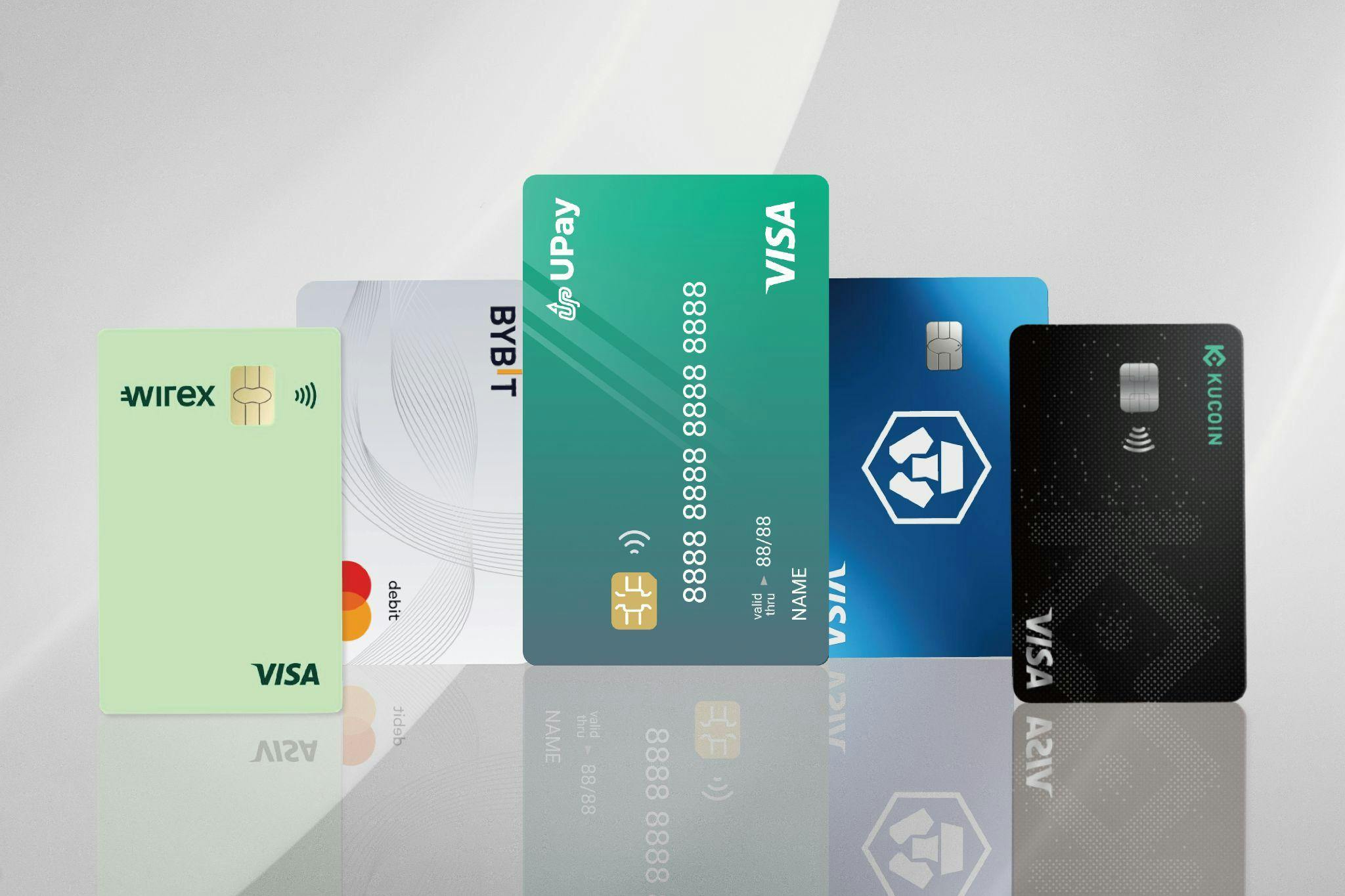
"In 2025, crypto cards have evolved significantly, becoming practical tools that enable users to spend cryptocurrencies seamlessly in their everyday lives. These cards convert cryptocurrency to fiat currency in real-time, offer various rewards, and are accepted globally through major payment networks, including Visa and Mastercard."
"Crypto cards function by linking directly to your digital wallet or exchange account. When you make a transaction, the card converts your crypto assets—such as Bitcoin, Ethereum, or stablecoins—into local fiat currency, enabling you to spend crypto at millions of merchants worldwide."
"Most cards come in debit or credit-style formats, often backed by crypto collateral, giving users flexibility depending on their risk appetite and asset management strategy. Some newer entrants, like UPay, have adopted hybrid models combining PayFi-like convenience with flexible savings."
"UPay cards offer transaction fee waivers, up to 4% APR with flexible crypto savings, and features like Apple Pay & Google Pay compatibility, making them accessible and rewarding for users."
In 2025, crypto cards serve as practical tools for everyday spending, converting cryptocurrencies to fiat currency in real-time. Major payment networks like Visa and Mastercard support this seamless experience. These cards offer a variety of rewards and are widely accepted at millions of merchants worldwide. They link directly to digital wallets or exchange accounts, allowing users to manage their crypto assets effectively. The market features advanced functionalities, lower fees, and options like debit or credit formats backed by crypto collateral, enhancing user flexibility.
Read at Hackernoon
Unable to calculate read time
Collection
[
|
...
]